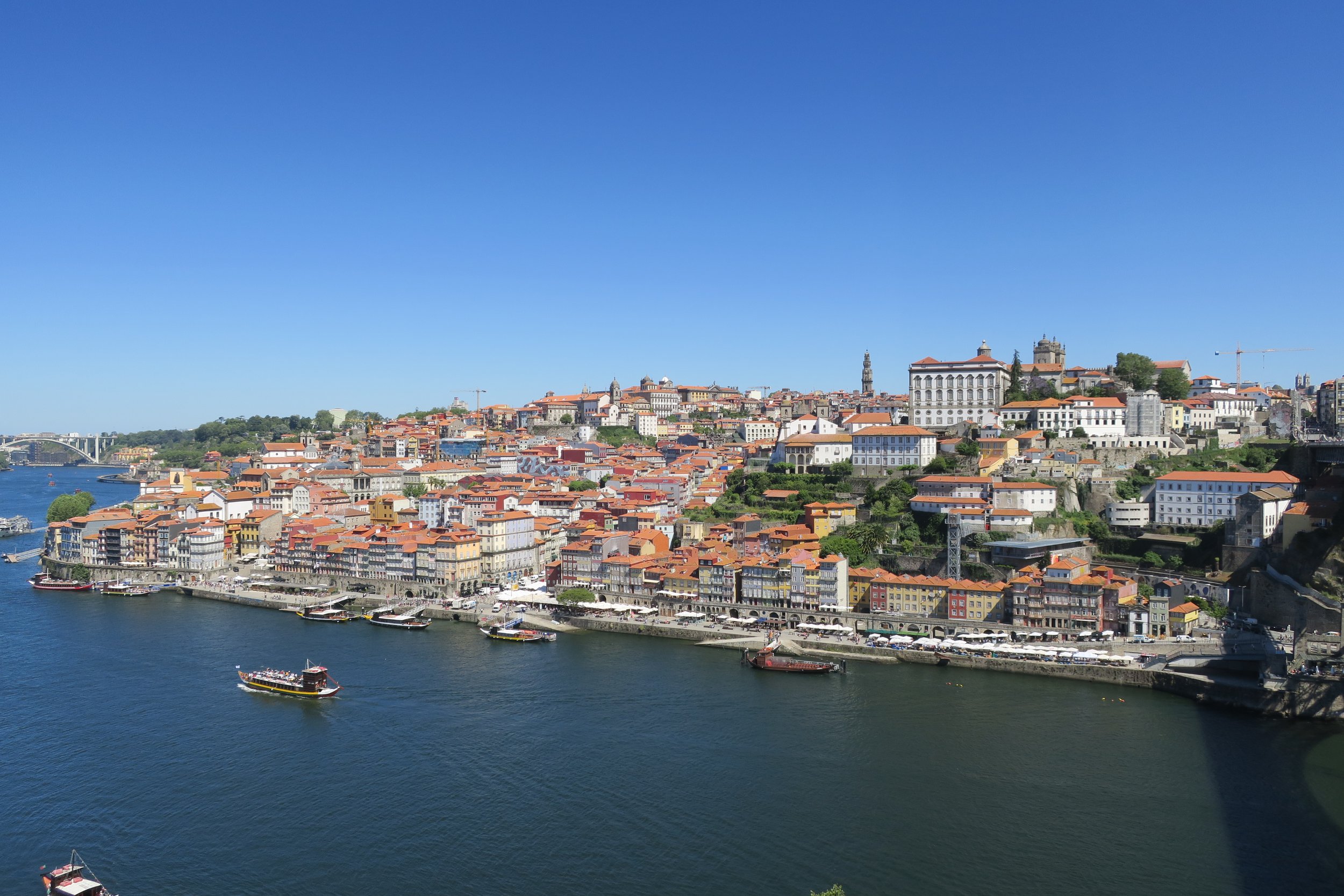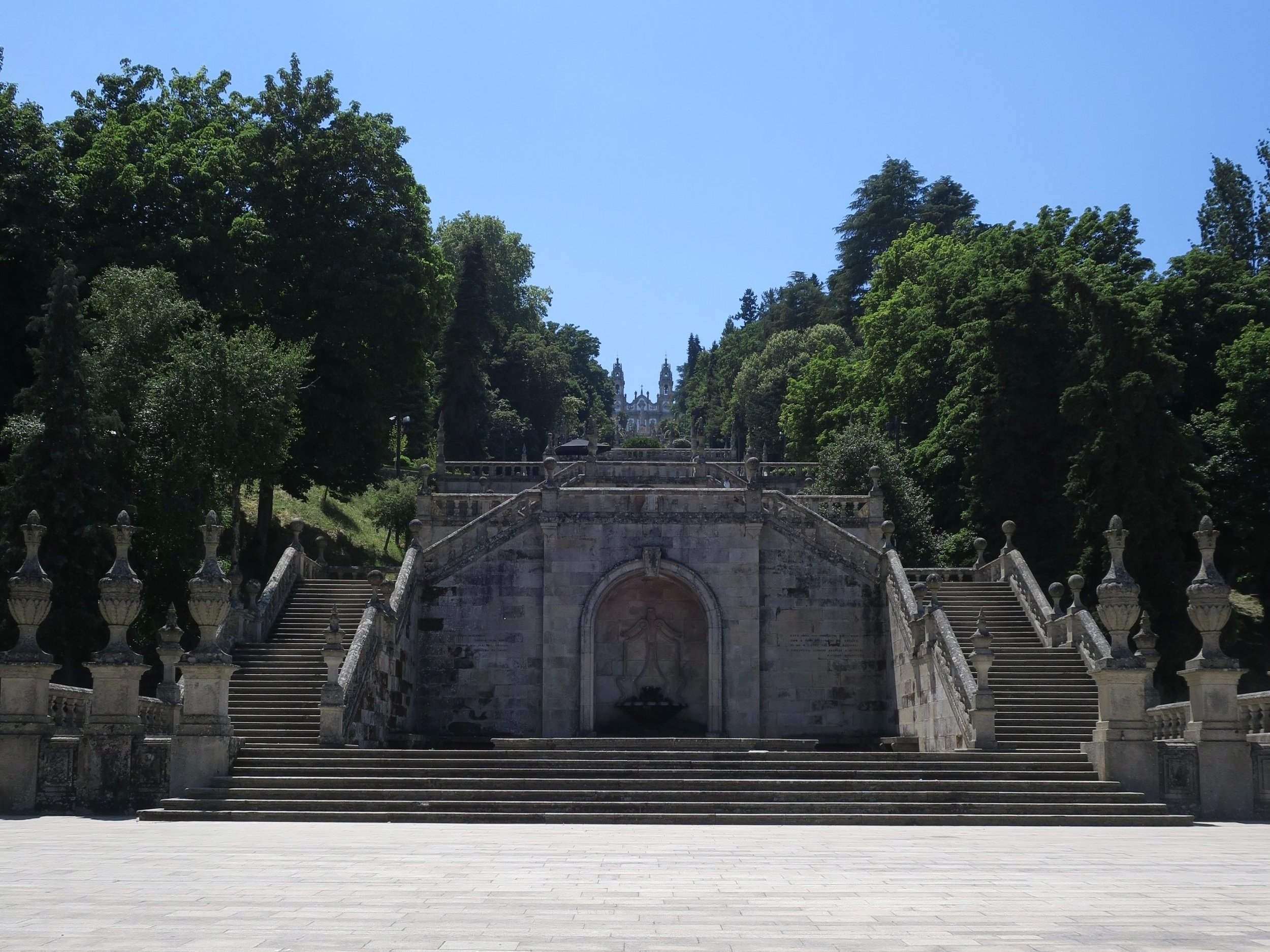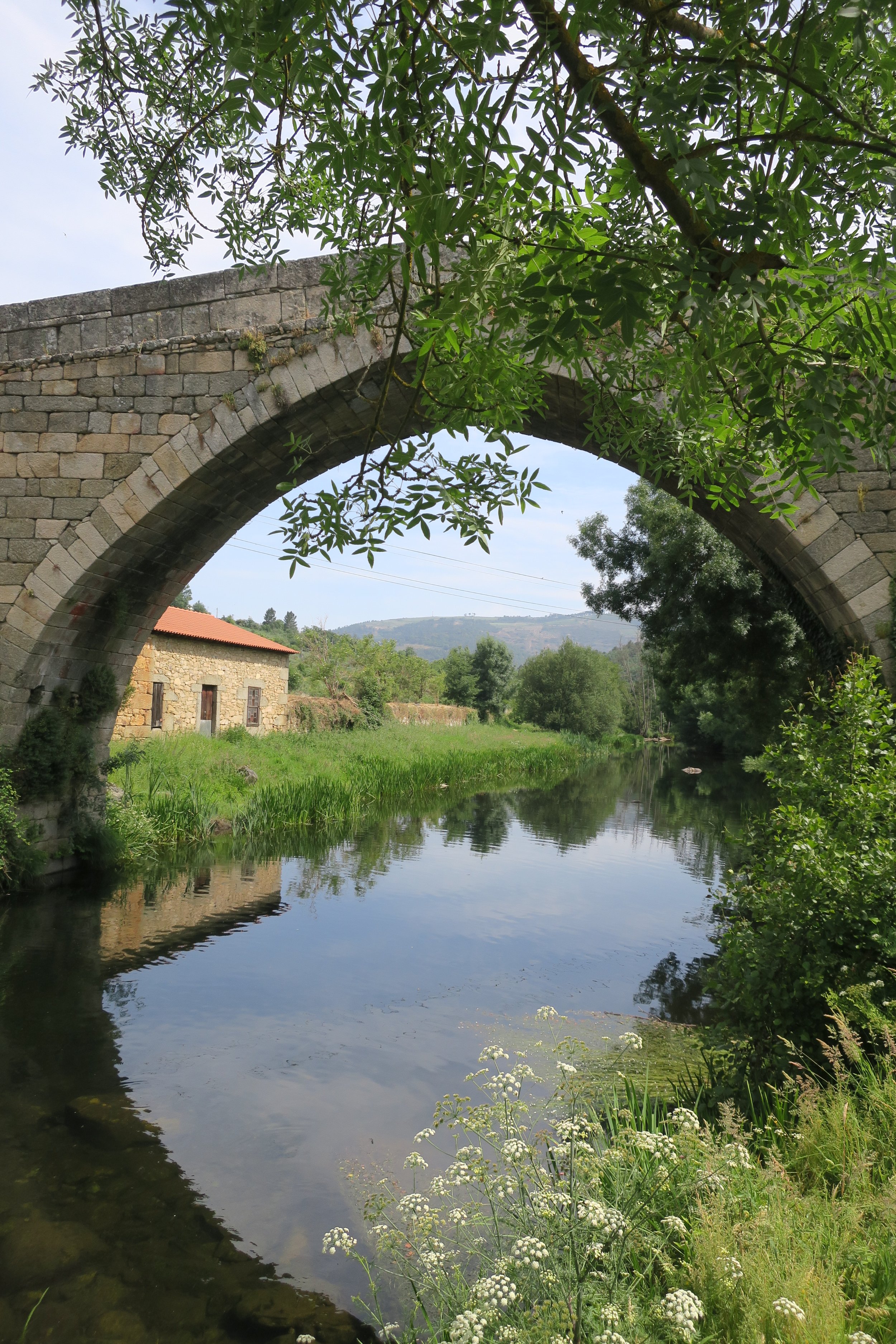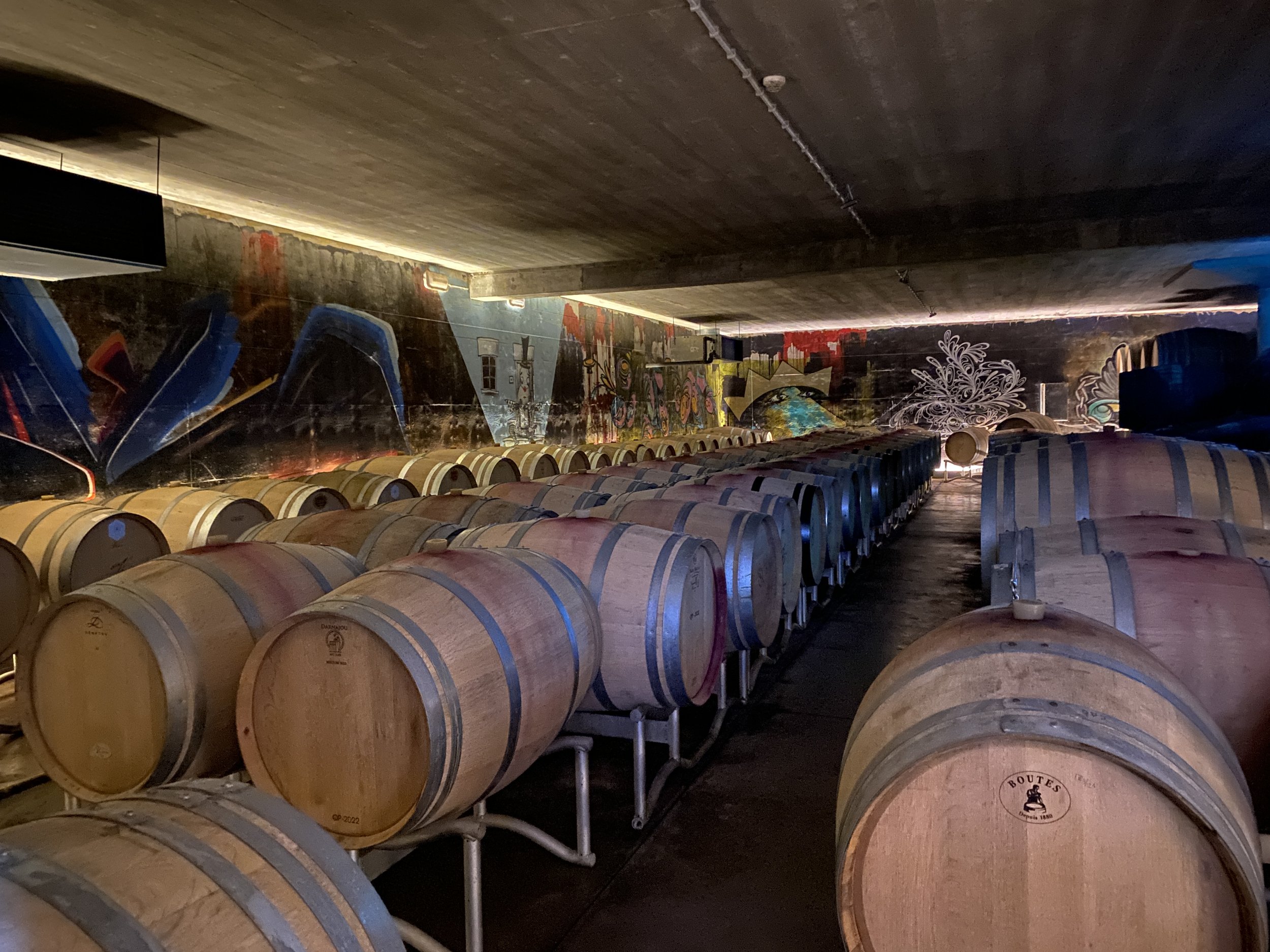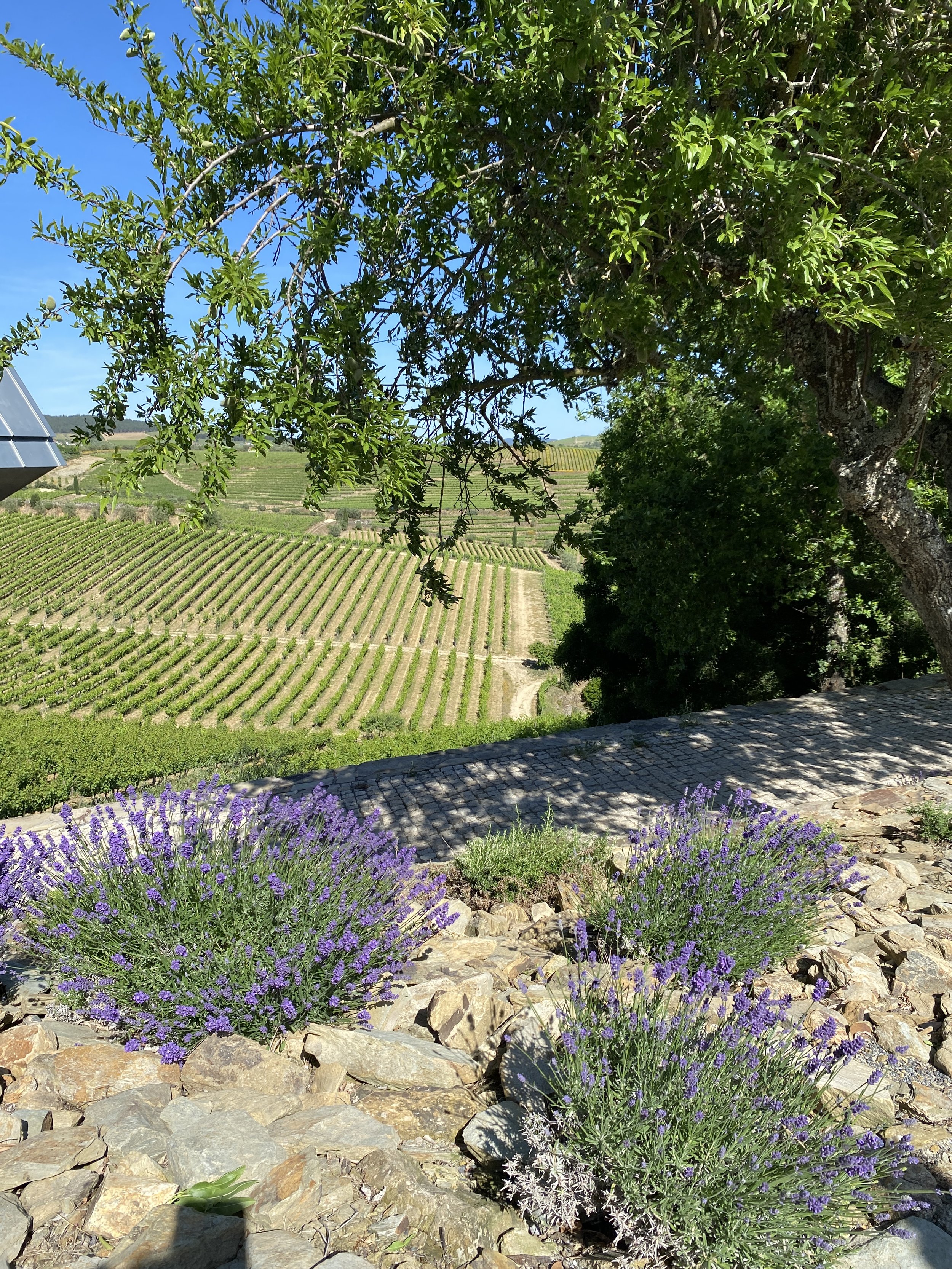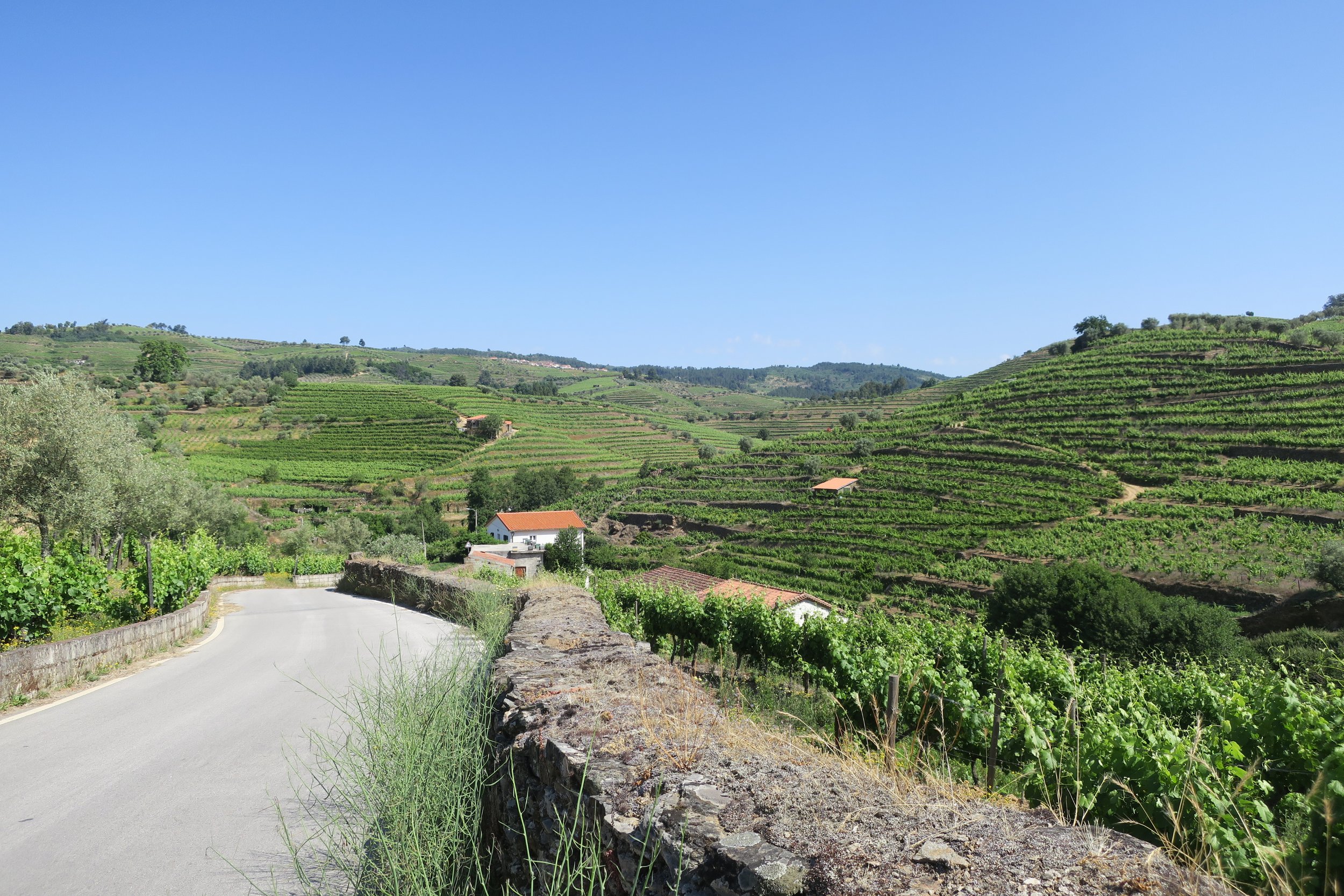Cycling holiday in the Douro Valley, Portugal
-
If you click a link with an * and buy from a company’s website, I may receive a small payment. This helps fund the Outdoor Girl site and keeps it free to use with no annoying pop up adverts.
But there are a couple of crucial things you need to know about this:
It never impacts my content or recommendations – if I include something, I genuinely think will be helpful
There is no extra cost to you when buying via one of these links
For a more detailed explanation, see my policy on affiliate links, including Amazon Associate links.
For transparency, you can also find duplicate links below that don’t help fund the Outdoor Girl website.
Terraced vineyards of the Douro Valley, Portugal
The Douro Valley is a stunning area of Northern Portugal, full of sleepy villages and steeply terraced vineyards. This region, named after the river running through the valley, has incredible countryside and friendly people.
TL;DR, I discovered a whole new country for outdoor adventures, and fell in love with the peaceful simplicity of this incredible place.
Porto, gateway to the Douro
Our trip began with an overnight stay in Porto. It’s a popular European city break destination and I can understand why. The city centre is small enough to stroll around and has a welcoming feel.
Often, I feel uncomfortable in cities, but not here. I enjoyed it so much that we later booked another trip to Porto so we could explore more, and relax in the pavement cafes.
Porto has three UNESCO World Heritage sites:
The historic centre (Ribeira district)
The Dom Luís 1 bridge
The Monastery of Serra do Pilar
Porto’s Ribeira district taken from the Dom Luís 1 bridge
The Ribeira district sits alongside the banks of the River Douro and is full of medieval buildings. Once falling into ruin, it’s now a colourful and vibrant part of the city, dotted with restaurants and shops.
The Dom Luís 1 Bridge, a double decker iron bridge designed by a student of Gustave Eiffel, spans the river. On the opposite bank is Vila Nova de Gaia, famed for its port wine cellars. Historically, barrels of wine from the Douro Valley arrived here in flat-bottomed rabelo boats. They were stored in port lodges along the riverbank before being shipped abroad.
These wine lodges can still be seen, with many open for wine tasting. One of the best ways to capture their sheer number is from above, riding in a cable car from the riverside to the top deck of the Dom Luís 1 Bridge.
A great circular route is to walk on the bottom deck of the bridge from the Ribeira district. Then, take the cable car to the top deck, and walk back across.
Porto has so many amazing places to visit, but a few highlights for me included:
São Bento railway station’s 20,000 Portuguese azulejo tiles
The city’s gothic architecture (look up!)
The Mercado Bolhão - an indoor market that was sadly closed when we called in, but it looked amazing and is on the list for our return visit
Most of all, I enjoyed relaxing in the cafes and restaurants, and simply strolling around the city.
Cycling in the beautiful Douro countryside
Our stay in Porto was short and, the following day, we left for the Alto Douro region. This marked the start of six days’ exploring the Douro by bike.
The first two nights were in Alijó, staying at the fabulous Casa D’Arcã. Owners Luísa and Mario have created an incredible place to stay, and I loved it.
Traditional Portuguese food, Casa D’Arcã
Over the next two days, we explored the countryside around Alijó. We cycled through countless vineyards, stopping every so often to soak up the breathtaking scenery. Many of the roads were quiet country lanes and gravel tracks, taking us to picturesque small villages.
For me, coasting downhill to the banks of the Douro River at Pinhão was one of the trip highlights. We had views for miles across steeply terraced vineyards and it was hard to keep my eyes on the road. Thankfully, there were a few places for us to pull over and simply admire the scenery.
The Douro Valley, a UNESCO World Heritage Site, is the world’s oldest demarcated wine region. The harvest is still very traditional here. Because of the steep terraces, grapes are picked by hand and carried in crates on the back. They’re taken to large stone tanks and crushed (stomped) by foot. You can even pay to take part!
The terraced vineyards of the Douro Valley
With our stay in Alijó over, we pedalled onward to the university town of Vila Real. Our route took us past the stunning Mateus Palace, and I couldn’t help but laugh when I recognised it.
The palace is famously featured on the Mateus Rosé wine bottle, so loved in the 1970’s and, dare I say it, so terrible to drink!
The architecture of palace itself is amazing though, and its open for visitors.
Vila Real was a quick overnight stop before continuing on to the historic town of Lamego. The journey between the two was interesting, spending the day cycling on the N2, Portugal’s answer to Route 66 (or the UK’s North Coast 500).
For such a popular travelling route, it felt surprisingly ok for cyclists. Throughout the week, I’d noticed that Portuguese drivers would give plenty of space when overtaking. It was a welcome change to cycling on roads in the UK!
Arriving in Régua on the banks of the Douro, we found ourselves in a bustling town, popular with river cruises and the local tourist train. Régua is also home to the Douro Museum where you can learn more about the region’s winemaking heritage.
Cycling from Vila Real to Lamego
Cycling past the historic architecture of the Douro
Leaving Régua behind, we began the climb up the Varosa Valley to Lamego.
Wow, what a place!
As we approached Lamego, the stunning Nossa Senhora dos Remédios came into view. It’s set on top of 686 steps, with an incredible Baroque staircase and fountains at different levels. I was glad to learn that our tour would take us there later in the week.
Nossa Senhora dos Remédios, Lamego
Lamego is full of stunning historic architecture but also has a small-town friendliness, making it feel instantly welcoming. I loved it there! For the next two nights, we stayed at the fabulous Lamego Hotel & Life, complete with swimming pool and spa.
The following day, we set out to cycle a loop from Lamego, reaching the highest point of our trip at 725m. The view from here, right across the Douro was spectacular. We also cycled through a different landscape, past orchards brimming with ripe cherries, and up high to the rocky gorse slopes.
The week had truly shown us the diversity of the Douro landscape, but sadly our tour was drawing to a close.
For our final day, we cycled on rural lanes through tiny villages and fruit orchards. Each day had its highlights, but this would be my favourite if you forced me to choose.
The Douro had saved the best for last!
We rode through orchards, over a medieval bridge, past historic monuments, and alongside more vineyards. We even had a fun gravel section to complete our adventure.
Finally, we descended back to the Douro River at Régua where our trip ended.
For anyone interested in our day by day itinerary, I’ve given details below: jump to see
Medieval bridge at Ucanha, Portugal
Cycling and wine tasting in the Douro region
In Régua, we had one last experience to savour, a visit to Quinta da Firveda.
Here, fifth generation winemaker Louísa welcomed us with a guided tour of the vineyard and winery. We learned about her family’s history and passion for winemaking before settling in to sample their port wine.
If you’re wine lover, you can’t go far wrong in the Douro region. It’s so steeped in winemaking history that we could have visited a local Quinta to sample wines every single day!
On our first evening in Alijó, we’d visited Quinta da Faísca, best known for its Moscatel, a fortified wine similar to port but produced just outside the Douro’s demarcated region. To show the sheer variety of wines on offer, our last day took us past the entrance to the Caves da Murganheira, famed for their sparkling wines.
Honestly, there are more Quintas and wine cellars here than you can count, not to mention the wines served with meals.
Barrels of wine at Quinta da Faísca
What’s cycling in the Douro region like?
I tried to find a word to sum up cycling in the Douro, but I couldn’t. There’s no single word to capture my experience.
‘Wow!’ crossed my mind, but even that doesn’t do it justice.
The Douro region is stunning. The valleys are steep and dramatic, with big views. Yes, there are some seriously steep hills to climb, but we were on e-bikes which took care of the hard work.
What struck me most, was the variety of landscapes. Some days, we cycled through endless terraced vineyards. On others, we rode through pine forests and rugged mountain terrain. But we also found ourselves pedalling through fruit orchards, brimming with cherries, apples, and elderflowers. Then we’d drop down to the Douro River and get a whole new view.
If you love history, you’ll love the Douro. It’s packed with historic landmarks, beautiful architecture, and sleepy villages that feel frozen in time, still holding onto their old traditions. You can easily stop along the way, lock up your bike, and go explore.
If food and wine are more your thing, the Douro is the place to be! From amazing restaurants, to countless Quintas offering wine tastings, the region is full of unforgettable flavours and experiences.
But for me, it was the people of the Douro that captured my heart. Every day, we were greeted with cheerful waves and calls of Bom dia (good morning) as we cycled through villages. We received warm welcomes, and even warmer goodbyes, with the promise of lasting friendships.
That’s what I’ll remember most from my week cycling around the Douro - the genuine warmth and kindness of the people.
Our day by day itinerary
Day 1: Porto
Day 2: Alijó circular loop (16.6 km / 10.3 miles)
Day 3: Alijó to Pinhão loop (37.9 km / 23.5 miles)
Day 4: Alijó to Vila Real (51.8 km / 32.1 miles)
Day 5: Vila Real to Lamego (38.9 km / 24.2 miles)
Day 6: Lamego to São Martinho de Mouros loop (42.3 km / 26.3 miles)
Day 7: Lamego to Peso da Régua (45.5 km / 28.2 miles)
Want to learn more about a cycling holiday in the Douro?
Complete the form below, and I’ll put you in touch with the local tour operator for a quote.
Disclosure: I may receive a small referral commission if you make a booking, but the price you pay will be the same as going direct.
Douro Valley e-bike cycling holiday enquiry form
PS. The Douro Valley is a great place for walking too!
Note: This trip formed part of a work project for content writing, but the views and thoughts are all my own personal experience.
You may also be interested in reading:
Bikepacking the Hebridean Way - getting started
Adventure bucket list: 40 amazing ideas in the UK and Europe
Cycling the Hull to Hornsea rail trail
ENJOYED THIS POST? HERE’S HOW YOU CAN SUPPORT MORE CONTENT…
I’m an outdoor enthusiast, just like you, looking to read about fun and inspiring adventures. I write from my personal experience and ideally want to keep this website ad-free (who likes annoying pop-up ads getting in the way). But web hosting and creating new content costs money, and means a fair bit of unpaid work.
If you’ve been inspired, grabbed a GPX download, or found something helpful, you can support by buying me a cuppa via my Ko-Fi account. Thank you if you can 🫶
Get new adventures sent directly to your inbox. Emails usually go out every other week.
SIGN UP TO MY NEWSLETTER
Outdoor-Girl is run by Jacquie Budd, an outdoor adventure writer, and marketing content writer for brands that care about their impact on people and the planet.
What do the links with an * mean?
Links with an * by them are affiliated which means if you get a product via this link, a contribution may be made to the Outdoor Girl website, helping it stay free to use.
You shouldn’t notice any difference in the product or cost. Importantly, the content I write is NEVER impacted by these links. For more details, please read my policy on affiliate links, including Amazon Affiliate links.
As I believe transparency is important, I’m sharing the un-affiliated links too, but note this version does not help the Outdoor Girl website.
Unaffiliated web addresses for the * links in this blog post:

